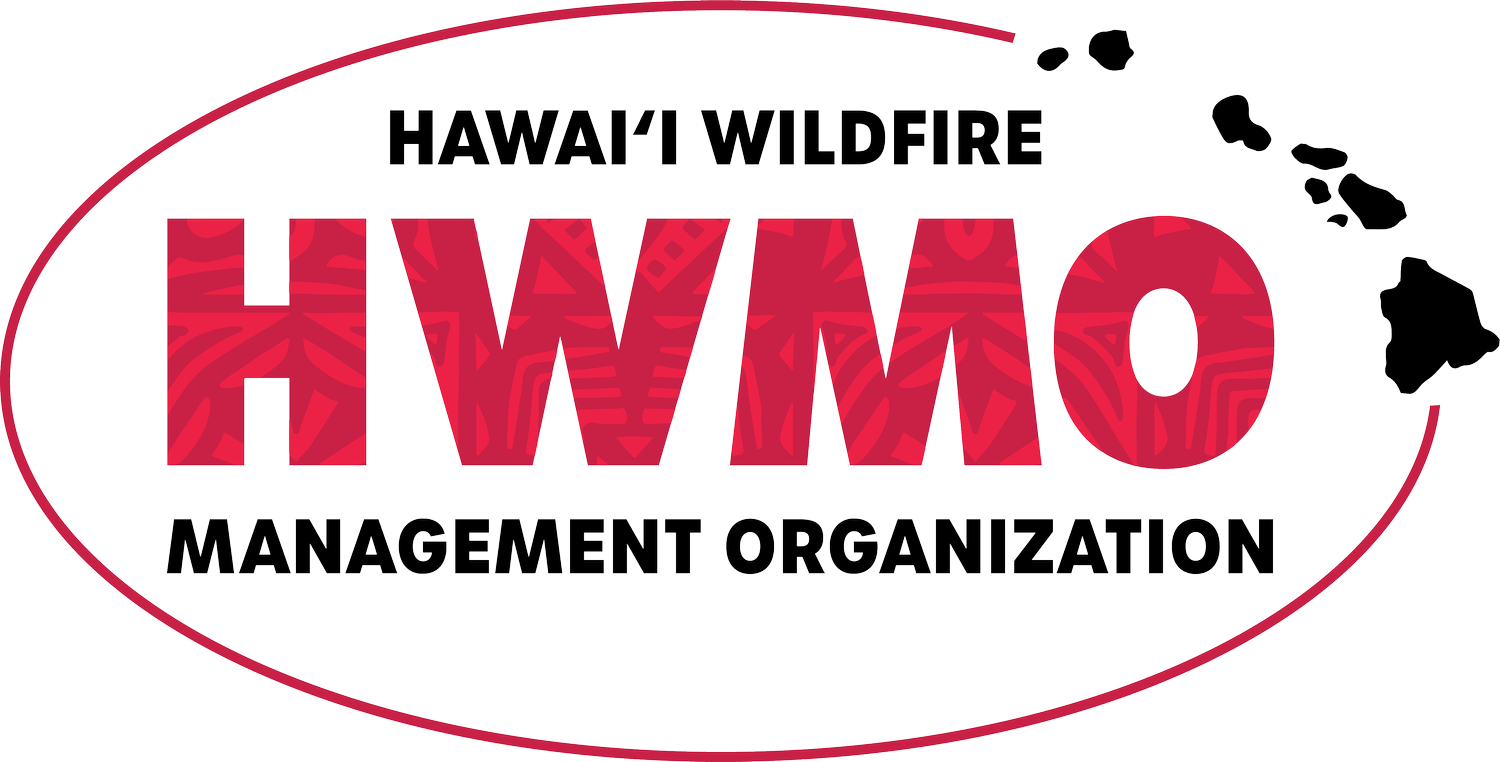Three More Fires Reported In West Hawaii - Police Increase Patrols
Report any suspicious activity relating to recent fires by calling 935-3311. Credit - Hawaii DLNR/special to West Hawaii Today
If you have any information that may help with the investigation of this unfortunate string of events, please do not hesitate to contact the Hawaii Police Department at 935-3311. Every little bit of evidence helps. Mahalo for your kokua.
"Two of the small fires were located in the North Kona District and the third burned in South Kohala, according to Kona Fire Prevention Bureau Capt. Kazuo Todd, who oversees two fire investigators in Kona. That brings the total number of fires that have ignited in the two districts to eight over an eight-day period between Feb. 11 and Thursday. That number includes two fires that combined with others into three fires on the day the string of fires began."
"'We just want the person involved to know that the community is working together, keeping their eyes open and we just ask you to behave yourself,' he said. 'If not, eventually, you will get caught and be held accountable.'
Though the department is always ready to respond to any additional reports, doing so is putting some strain on services in the area, the chief said.
'What that does is take away resources from responding to other calls,' he said. 'We always respond to every call that comes in, but when units are out of their district fighting a brush fire that was intentionally set, it does delay our response to other calls.'
All told, the fires have charred approximately 1,146 acres of mostly brush; however, state officials have said some native trees were lost. The fires have started primarily in the vicinity of Highway 190 between Kailua-Kona and Waimea."












